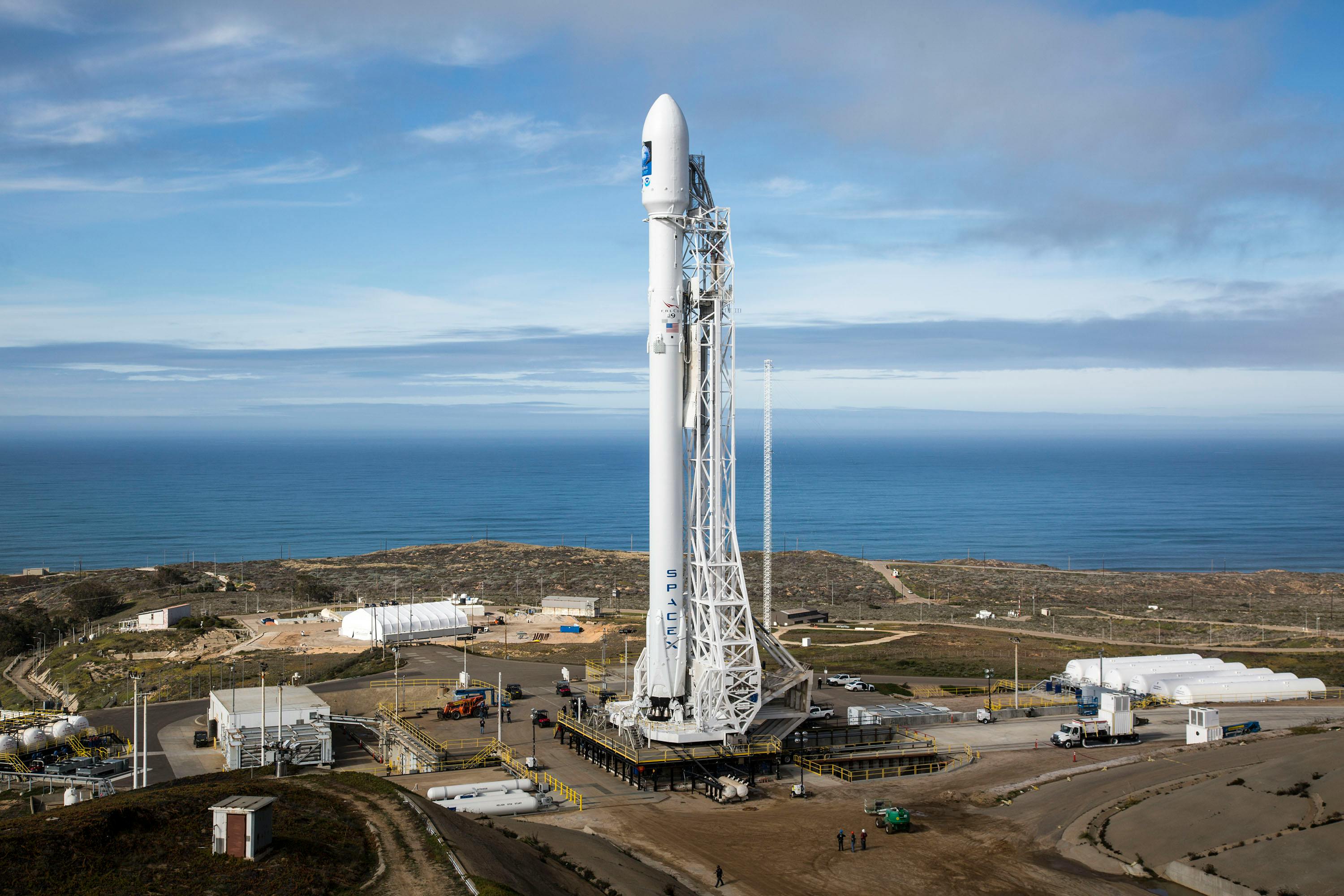The Dawn of Space Tourism: Reaching for the Stars
Space tourism has always been a fascinating prospect, looming on the horizon of our collective imagination. With recent advancements in technology and a surge in private sector involvement, the dream is becoming a reality. This article dives into the history, current trends, and practical applications of space tourism, offering a new perspective on what travel could look like in the not-too-distant future.

The concept of space tourism has its roots in the mid-20th century when space travel was just getting started. During the Cold War-era Space Race, both the United States and the Soviet Union invested heavily in space exploration, igniting public interest in the possibility of civilian space travel. Though the idea remained largely a dream for decades, the 21st century has brought notable advancements. Companies like SpaceX, Blue Origin, and Virgin Galactic are making strides in commercial space travel, setting the stage for a new era of tourism.
Current Space Tourism Trends
Space tourism is not just a fantasy anymore. It’s a burgeoning industry with several key players. SpaceX, founded by Elon Musk, is making significant progress in this field with its reusable rockets and ambitious plans for Mars colonization. Jeff Bezos’ Blue Origin aims to make space travel more accessible with its New Shepard suborbital rocket, while Richard Branson’s Virgin Galactic offers suborbital trips in a spacecraft launched from a carrier plane. These companies are paving the way for the future of space tourism, turning what was once science fiction into a tangible opportunity for adventure.
Advantages and Challenges
The potential benefits of space tourism are immense. It could provide unprecedented opportunities for scientific research, education, and economic growth. Moreover, it allows us to explore the universe in ways we never have before, pushing the boundaries of human understanding and experience.
However, the industry also faces significant challenges. The high cost of space travel is a major hurdle, making it currently accessible only to an elite few. Safety is another concern. Space travel involves inherent risks, and ensuring passenger safety is paramount. There’s also the potential for environmental impact, as rocket launches produce substantial greenhouse gas emissions.
The Impact on Travelers
Despite the challenges, the prospect of space tourism is undeniably exciting. It promises a travel experience unlike any other - the thrill of leaving Earth’s atmosphere, the awe-inspiring view of our planet from space, and the unique sensation of weightlessness. For those who have the means, it offers an unparalleled adventure.
Practical Tips and Facts
- Space tourism is not for the faint-hearted. It requires a certain level of physical fitness and mental preparedness. Training is essential to withstand the physical demands of launch and re-entry and to handle potential emergencies.
- Space tourism is currently a very expensive endeavor. The price tag for a trip to space can range from hundreds of thousands to millions of dollars.
- It’s important to research and understand the risks involved. Space travel is a complex operation with many potential hazards.
- Patience is key. Delays are common in space travel due to weather conditions and technical issues.
In conclusion, the dawn of space tourism is a fascinating development in the world of travel. Despite its challenges, it holds immense potential and promises a uniquely thrilling experience. While the industry is still in its infancy, it’s a space to watch as we continue to reach for the stars.




